Polygon Characteristics -> transitive property
Transitive Property Study Guide
The transitive property is a fundamental concept in mathematics. It is often used in algebra and geometry to make logical conclusions and solve equations. The transitive property states that if a = b and b = c, then a = c.
Examples:
If x = 3 and 3 = y, then by the transitive property, x = y.
If 2x + 5 = 15 and 15 = 3x - 5, then by the transitive property, 2x + 5 = 3x - 5.
Study Tips:
- Understand the concept: Make sure you understand the transitive property and how it applies to equations and statements.
- Practice problems: Solve various equations and problems using the transitive property to reinforce your understanding.
- Apply it to real-life situations: Look for real-life examples where the transitive property can be applied, such as comparing measurements or quantities.
- Review regularly: Keep practicing and reviewing the transitive property to solidify your understanding.
Remember, the transitive property is a powerful tool in mathematics that allows you to make logical deductions and draw conclusions based on given information.
.◂Math Worksheets and Study Guides Fifth Grade. Polygon Characteristics
Study Guide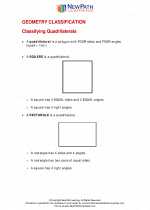 Polygon Characteristics
Polygon Characteristics  Worksheet/Answer key
Worksheet/Answer key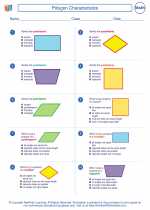 Polygon Characteristics
Polygon Characteristics  Worksheet/Answer key
Worksheet/Answer key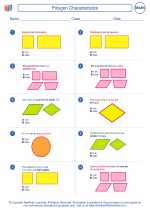 Polygon Characteristics
Polygon Characteristics  Worksheet/Answer key
Worksheet/Answer key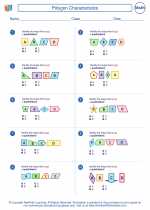 Polygon Characteristics
Polygon Characteristics  Worksheet/Answer key
Worksheet/Answer key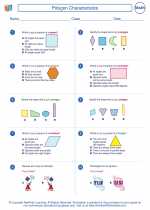 Polygon Characteristics
Polygon Characteristics  Worksheet/Answer key
Worksheet/Answer key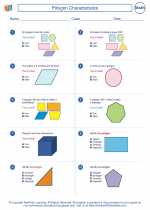 Polygon Characteristics
Polygon Characteristics  Worksheet/Answer key
Worksheet/Answer key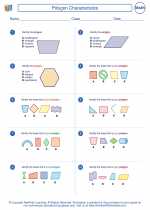 Polygon Characteristics
Polygon Characteristics  Worksheet/Answer key
Worksheet/Answer key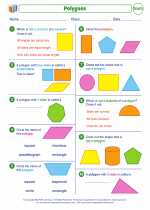 Polygons
Polygons  Worksheet/Answer key
Worksheet/Answer key Shape Up
Shape Up  Vocabulary/Answer key
Vocabulary/Answer key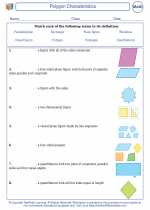 Polygon Characteristics
Polygon Characteristics 

 Worksheet/Answer key
Worksheet/Answer key
 Worksheet/Answer key
Worksheet/Answer key
 Worksheet/Answer key
Worksheet/Answer key
 Worksheet/Answer key
Worksheet/Answer key
 Worksheet/Answer key
Worksheet/Answer key
 Worksheet/Answer key
Worksheet/Answer key
 Worksheet/Answer key
Worksheet/Answer key
 Worksheet/Answer key
Worksheet/Answer key
 Vocabulary/Answer key
Vocabulary/Answer key

The resources above cover the following skills:
Geometry (NCTM)
Analyze characteristics and properties of two- and three-dimensional geometric shapes and develop mathematical arguments about geometric relationships.
Identify, compare, and analyze attributes of two- and three-dimensional shapes and develop vocabulary to describe the attributes.
Classify two- and three-dimensional shapes according to their properties and develop definitions of classes of shapes such as triangles and pyramids.